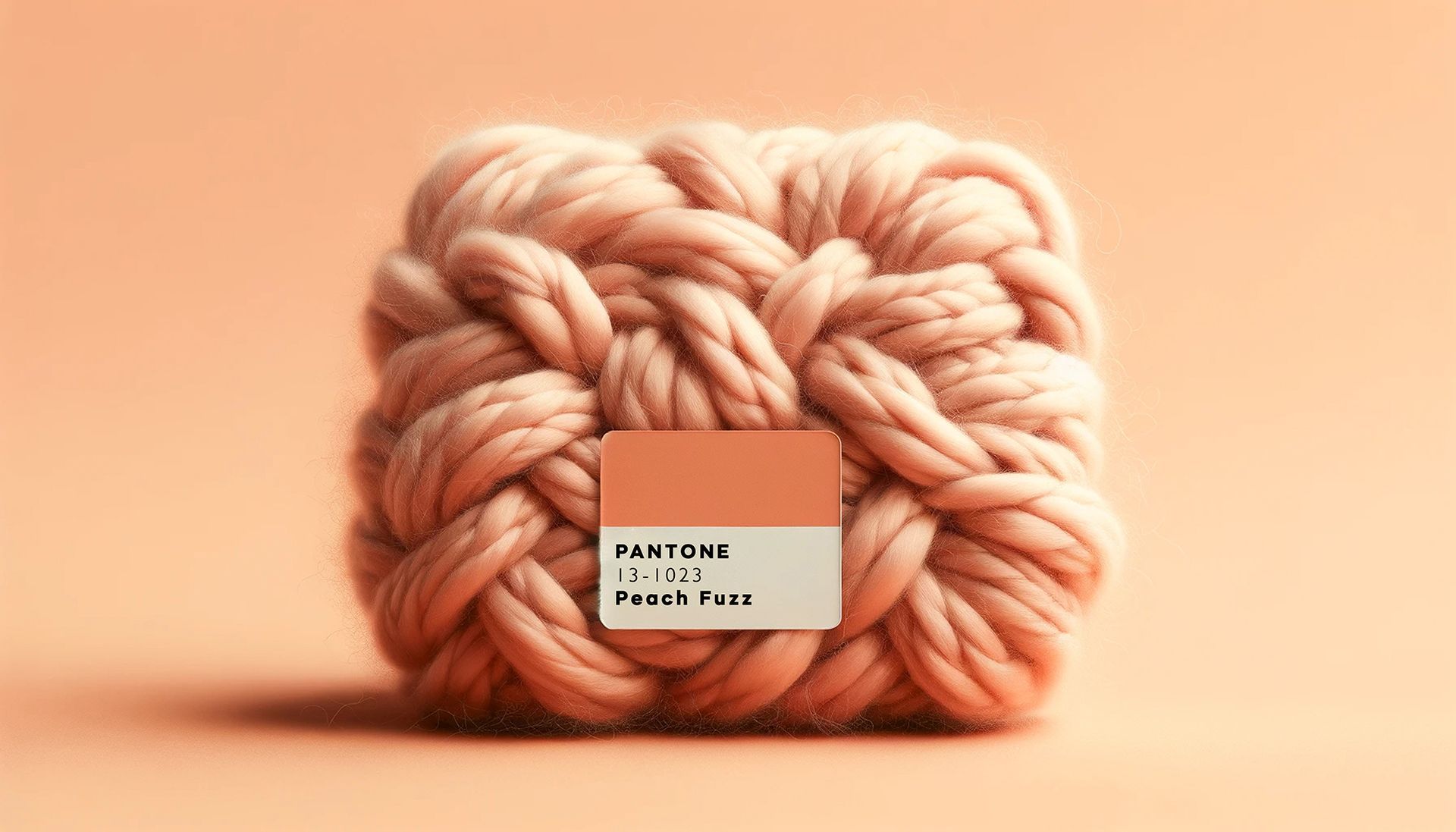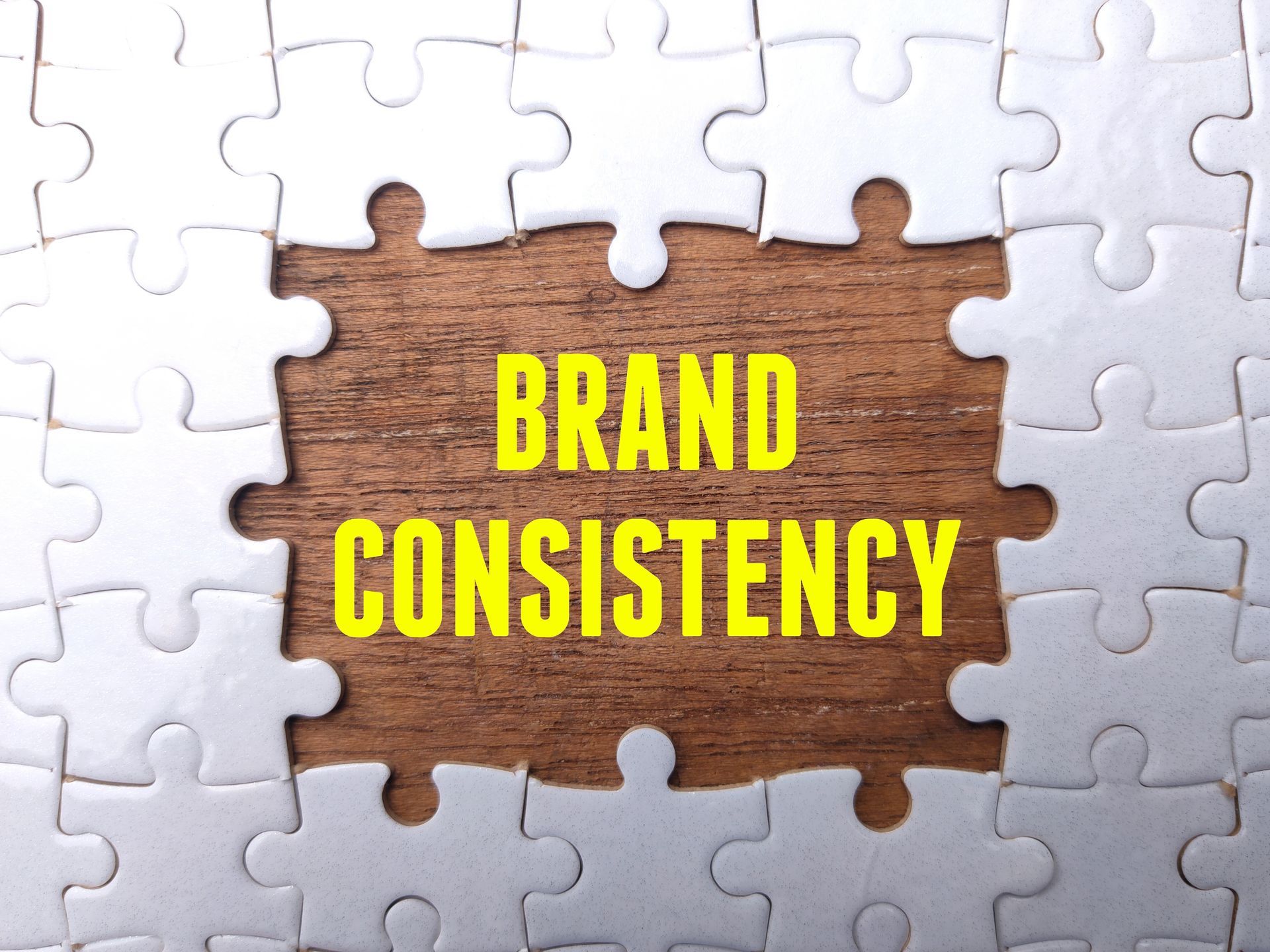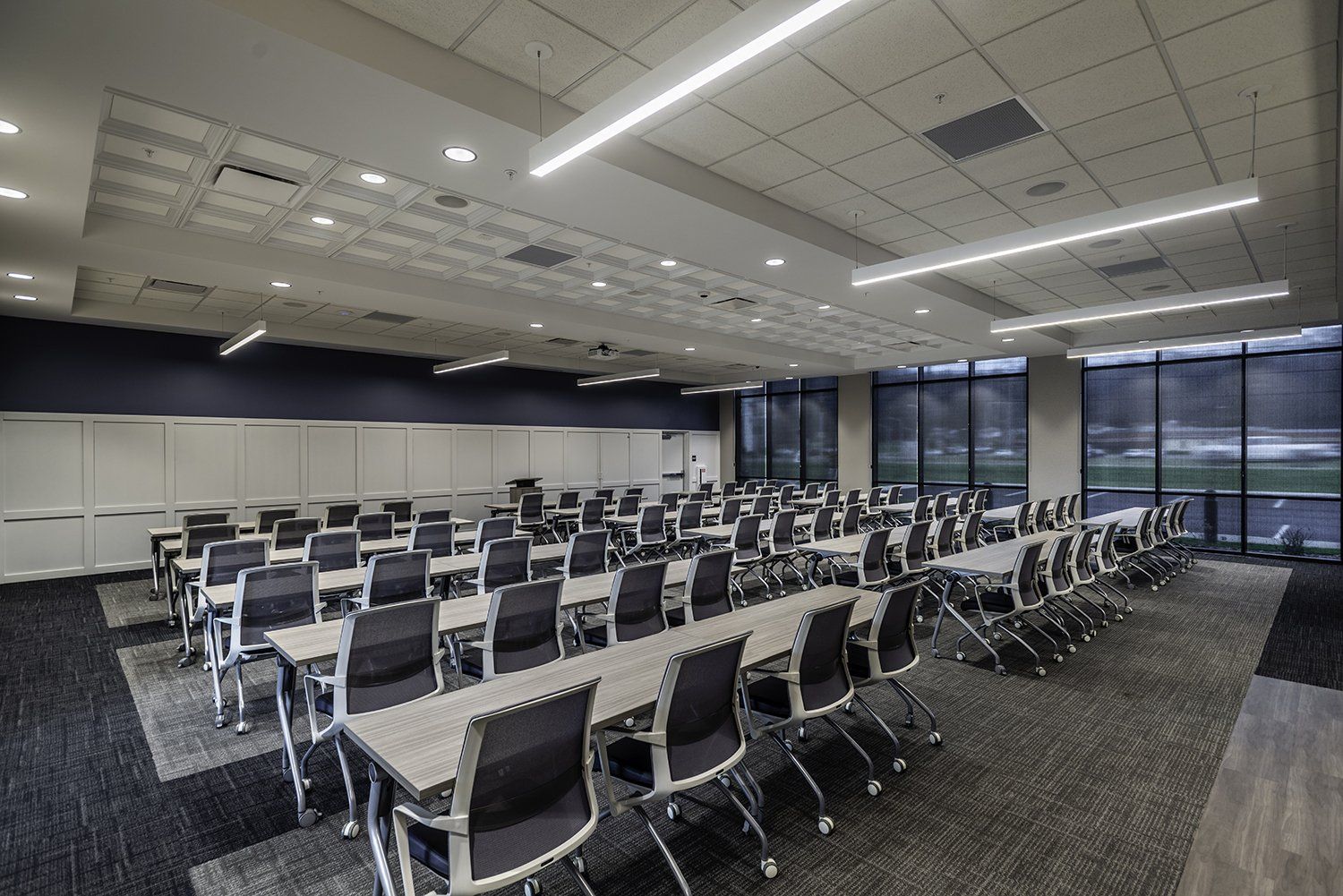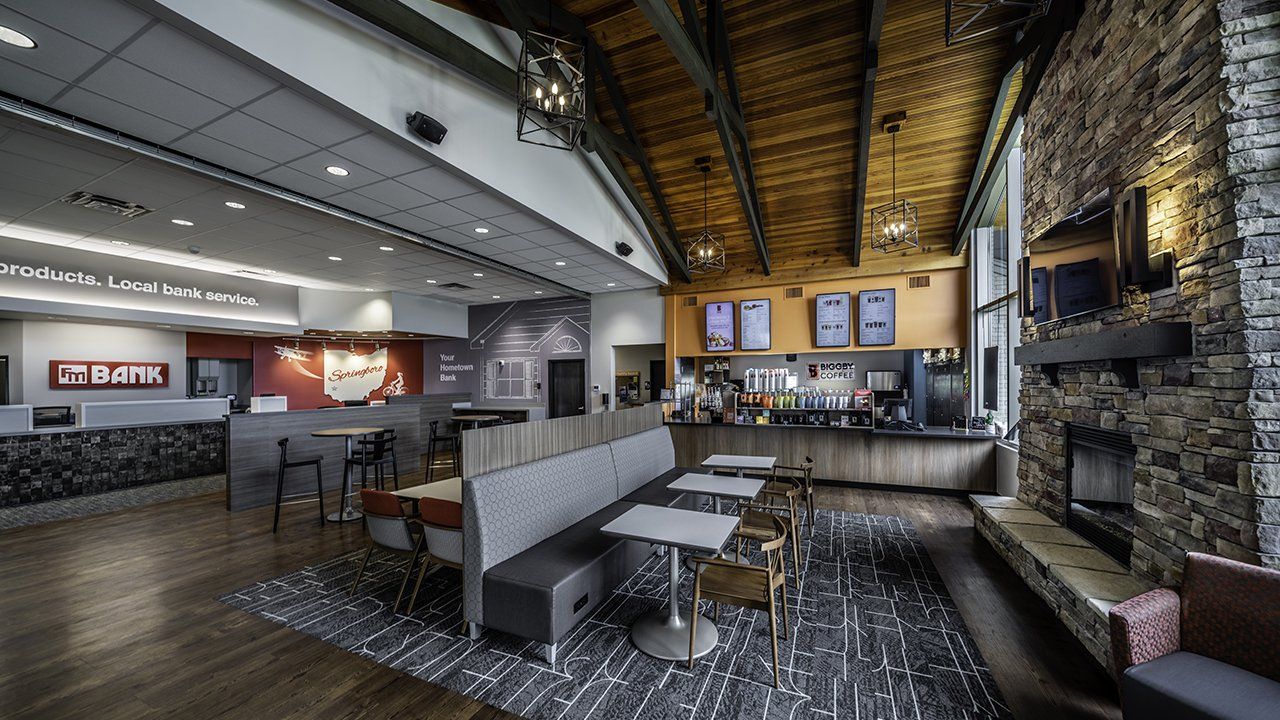Menu
Follow us on:

THE “NO-VACATION NATION” IS STILL ALIVE AND WELL

Image Source
Big deal, they get more vacation in the rest of the world, but we probably use all the vacation time we do get, right? Wrong! In a survey reported on CNBC in April of this year, only 25 percent of employees took all their time off, and even more frightening, 15 percent reported taking no vacation days at all!!
Even more telling are the recently released survey findings from GlassDoor’s Employment Confidence Survey (Q1, 2014). They report that “. . . the average U.S. employee (of those who receive vacation/paid time off) only takes half (51%) of his or her eligible vacation time/paid time off. In addition, when employees do take paid time off, three in five (61%) admit doing some work.”

Why do we Americans act that way? Why do we continue to only identify ourselves by how hard we work? There is a great deal of conjecture out there, but it seems to be an equal part of harking back to our work to survive pioneer days paired with the old age adage of needing to work harder to get ahead. Combine that with continuing economic uncertainty and it becomes a self-fulfilling prophecy. I’m the only one who can do my job, I don’t have a back-up, and we have deadlines due. Of course I can’t take vacation.
And when we do take time off, the instant availability of the Internet and e-mail means we are always connected. We don’t even relax when we are on the few vacation days we do take. And why do we work on vacation? The same GlassDoor survey suggests this:
- 24% Were contacted by co-workers about a work-related matter
- 20% Were contacted by their boss about a work-related matter
- 17% Report having a difficult time not thinking about work
- 9% Report family members complained they were working
- 6% Admit consuming alcohol while attending to work

But Science (as well as common sense) tells us that we need down time. A 2012 article that appeared in Atlantic Magazine highlights how Henry Ford reduced the work week from 48 hours to 40 hours because productivity decreased after 40 hour, five day work weeks. And study after study shows how productive we are after we return from vacation.
I would highly recommend you watch Ian Cole’s TED Talk on the Science of Vacation.
By the way, this weekend is the start of the traditional vacation season. Now go take some time off, you need it, you deserve it.











